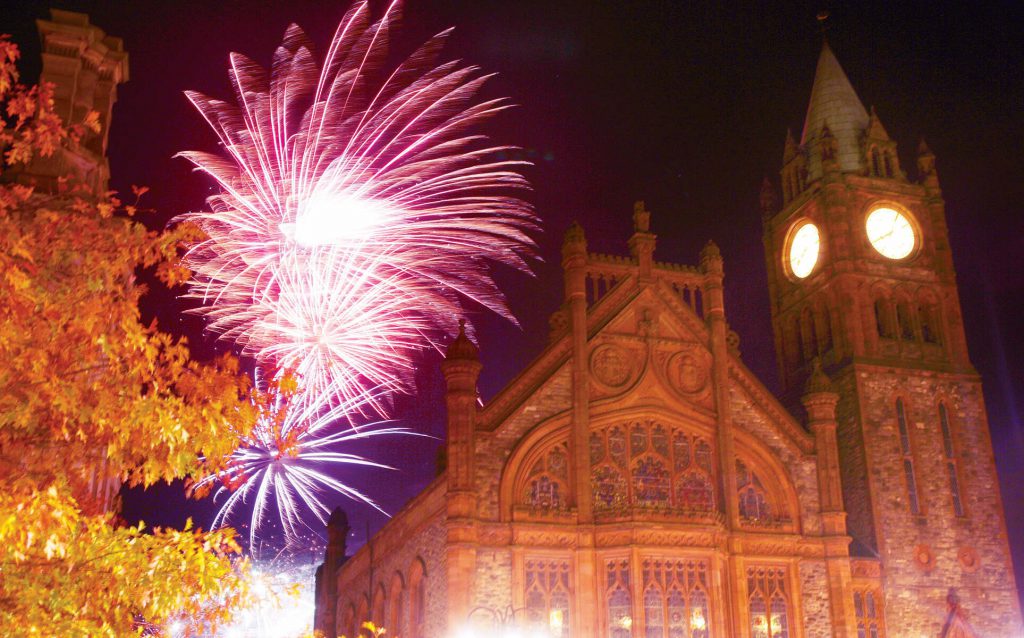
By Barry Coughlan
The year was 1972, January 30 in Derry, a date and place forever etched in the troubled history of Northern Ireland.
The events of that day quickly became known as Bloody Sunday, when a protest march turned catastrophic, ending in the shooting of 26 unarmed civilians, 14 of whom died.
Many of the victims were shot while fleeing to safety; some were even shot trying to help the wounded. Other protesters were injured by shrapnel, rubber bullets or batons, two were run down by British Army vehicles and more were beaten.
There were two common denominators. All victims were Catholics and the perpetrators came from the 1st Battalion of the Parachute Regiment, the same battalion implicated in the Ballymurphy Massacre (a series of nine killings of innocent victims over a period of three days) months earlier in Belfast.
The victims and their children, grandchildren, their fathers, mothers, brothers, sisters, et-al, have reason never to forget but 50 years on, happily, Derry is a very different place.
Nowadays the attention of the world is not centered on violence and in Derry the focus has been on more pleasurable happenings, like the growing influx of tourists, many of them drawn to the area following the airing of a magnificent made-for-television series called Derry Girls.
On arrival, visitors can see a permanent reminder of the impact made by the series – the Derry Girls mural created by a local not-for-profit company, UV Arts, which is located on the side of Badger’s Bar and Restaurant opposite the Foyleside shopping center.
For those who haven’t watched the series, Derry Girls is a teen sitcom created and written by Lisa McGee, based on her own experience of growing up in Derry in the 1990s; it has become the most successful Channel 4 comedy since Father Ted and has now endured for 19 episodes over three series. It’s funny, irreverent, but factual too, with more than passing references to real life events during the troubles.
On a broader scale, those troubles cannot be ignored and in simple tourism terms Derry has embraced that history, not least in the impressive Tower Museum that deals with local stories of the city. It’s housed within a historic tower just inside the 17th century city walls that are intact and which now provides the city with one of its now many tourist attractions.
The Tower Museum on Union Hall Place near the Guildhall has two permanent exhibits; The Story of Derry which presents the history of the city from its prehistoric origins to the present, and includes an Armada Shipwreck – La Trinidad Valencera which details the local shipwreck from the Spanish Armada. The museum opened in 1992 and has won a number of awards. It covers, of course, the political conflict that has affected the history of the city.
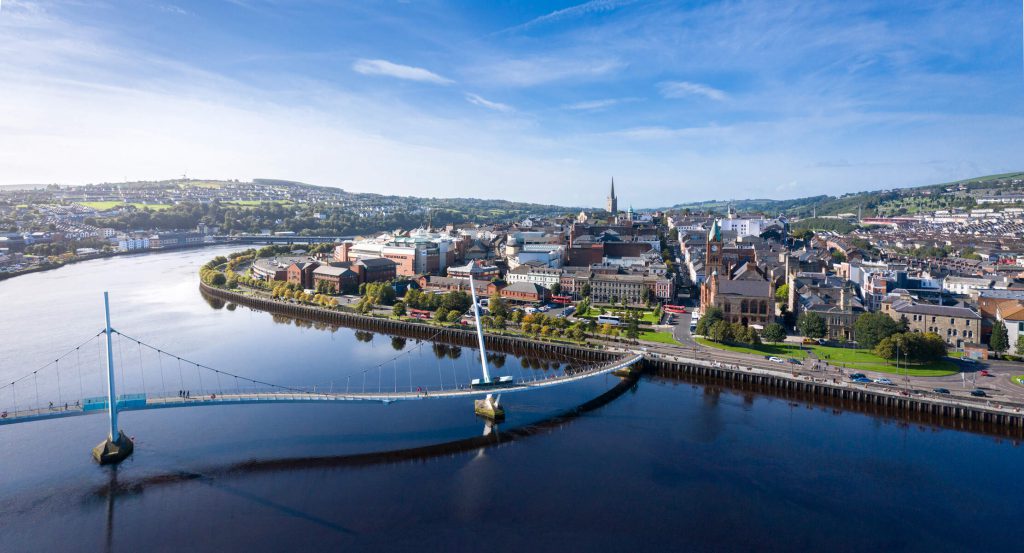
Today the landscape is marked by the presence of The Peace Bridge, a cycle and foot bridge across the River Foyle which opened just over a decade ago and is over 250 yards long.
It was designed by AECOM, who also designed the Sutong Yangtze River Bridge, and Wilkinson Eyre Architects, who designed the Gateshead Millennium Bridge.
Derry is the only remaining completely intact walled city in Ireland, and one of the finest examples of a walled city in Europe. The walls constitute the largest monument in State care in Northern Ireland and, as part of the last such structure to be built in Europe, stand as the most complete and spectacular.
Derry might not be as popular as Belfast or the Giants Causeway, but it certainly shouldn’t be overlooked on a visit to Northern Ireland. Although smaller than Belfast, Derry is rich in history, culture and possesses bucket loads of charm. There is a reason that it was named the first UK City of Culture in 2013.
Arguably, Derry is the perfect base for exploring the Wild Atlantic Way and the Causeway Coastal Route. Tourists should think of taking a day trip to see the rugged Donegal hills and its glorious beaches, or an excursion along the Causeway Coastal Route and visit the UNESCO World Heritage Site – the Giant’s Causeway.
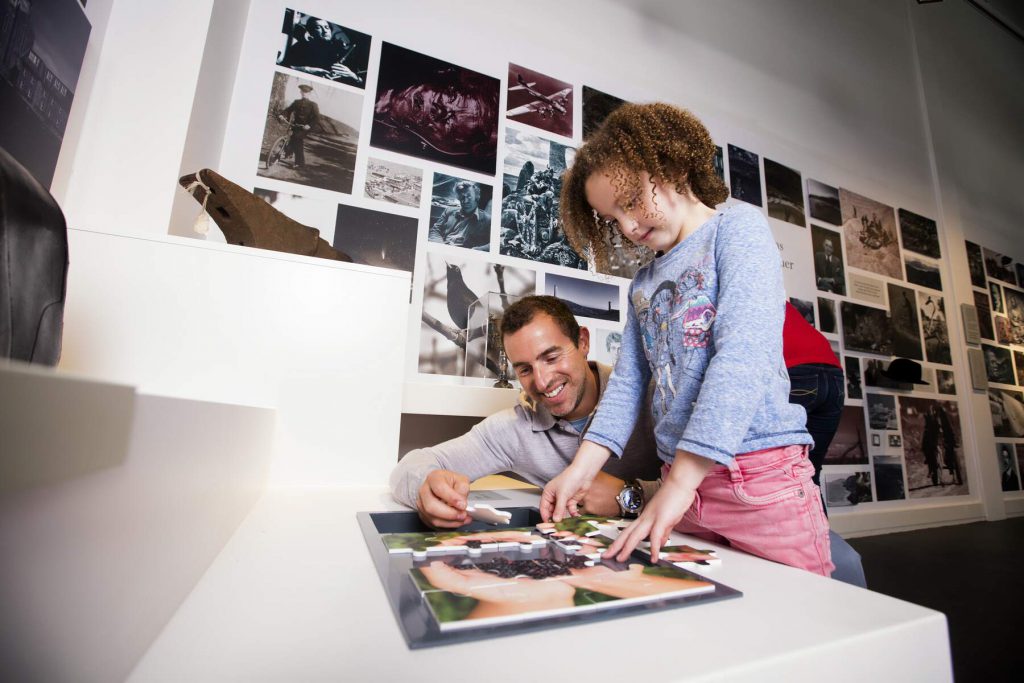
If hill walking is your thing, then take a trip to the Sperrins, an Area of Outstanding Natural Beauty (AONB). Or fans of literature could take a 45 minute road trip to Bellaghy and walk in the footsteps of a literary giant. Bellaghy hosts the Seamus Heaney Homeplace, a fully immersive experience that is filled with personal stories, images and the voice of the poet himself. It’s one not to be missed.
But those inclined to stay closer to base should undoubtedly experience a walk on the walls that form a historic walkway of one mile round the city and offer the most breathtaking views over the surrounding area. This walkway provides a unique promenade to view the original layout of the city which still retains its Renaissance Style-street plan to this day.
A Visit Derry Pass is the official sightseeing ticket; it’s valid for one or two days and provides access to ten handpicked attractions to save the tourist money on admission fees.
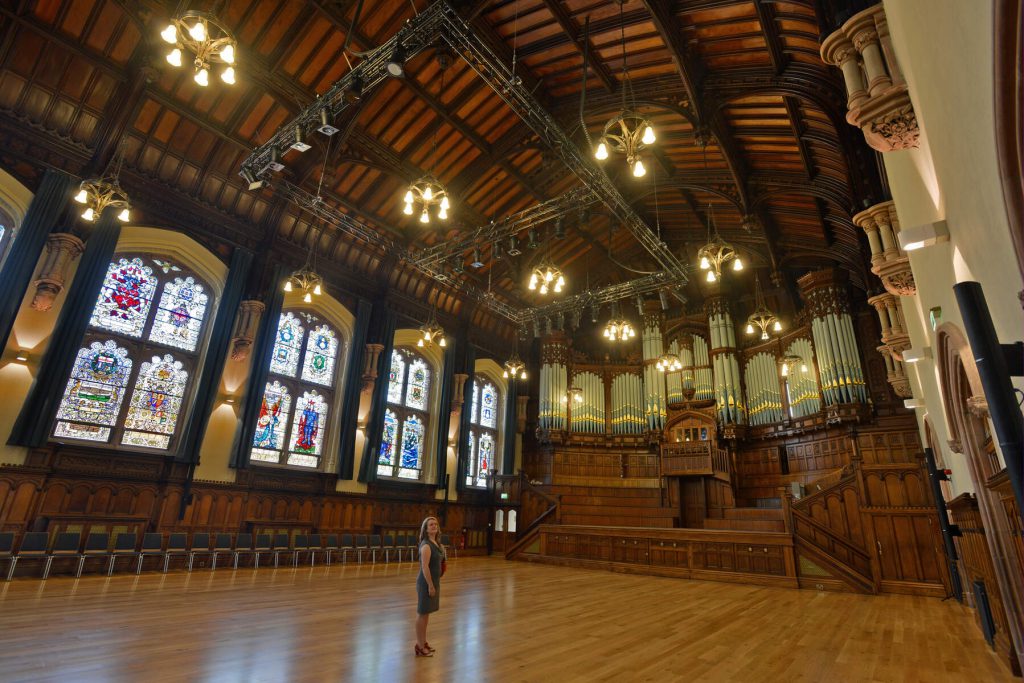
The Guildhall is one of Derry’s most recognizable landmarks. Overlooking the River Foyle, it now houses the Mayor’s parlor and the Council Chambers. It is an impressive building both inside and out with beautiful stained windows and large doorways. It is open daily with free entry and a permanent exhibition on the Plantation of Ulster can be found here.
Visiting the Museum of Free Derry is a sobering experience. The museum is run mostly by relatives of those who lost their lives in the horrific events that took place on Bloody Sunday and each had a personal story to tell.
If the walls are a symbol of past segregation, the peace bridge is a wonderful symbol of unity. Spanning the River Foyle, the Peace Bridge quite literally bridges the gap between the largely-Protestant community living on the waterside and the largely-Catholic community living on the city side. The Bridge is built in an ‘S’ shape to signify that the path to peace rarely runs smoothly.
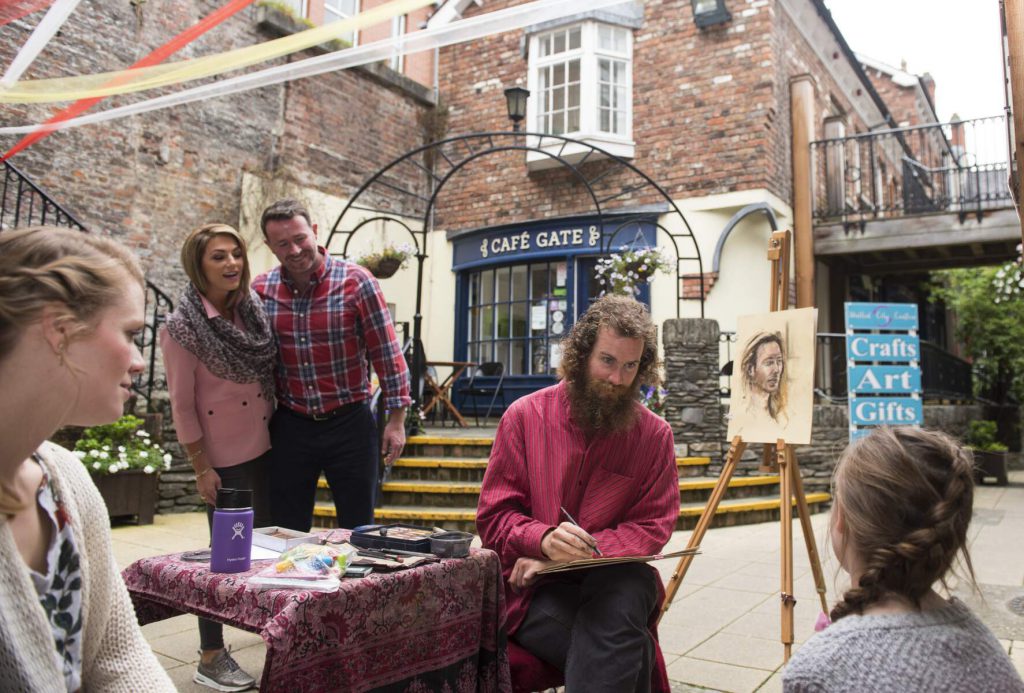
The hidden jewel in Derry City is most certainly Derry Craft Village. Like something straight out of a Dickens’ novel, it is a cultural oasis in the heart of a vibrant city.
A reconstruction of an 18th Century Street and 19th Century Square, the Craft Village provides an eclectic mix of artisan craft shops, balconied apartments, licensed restaurant and coffee shops.
There is, apparently, no better place in the world to celebrate Halloween other than in Derry. A festivity originating in Ireland, Derry has well and truly brought Halloween home, and established itself as what has been claimed by USA Today to be the best Halloween destination in the world.
Information on what makes it different abounds, but there is too little space for too much information in this publication. Go to www.derryhalloween.com to find out much more.
There are many places to stay in Derry, some bang slap in the middle of the action and others away from the bustling crowds. Just a few suggestions are the Bishops Gate Hotel, the Shipquay Hotel, or the Roe Park Resort nestled in the Roe Valley Country Park.
For more general and expansive information of this special place try check out: www.visitderry.com
